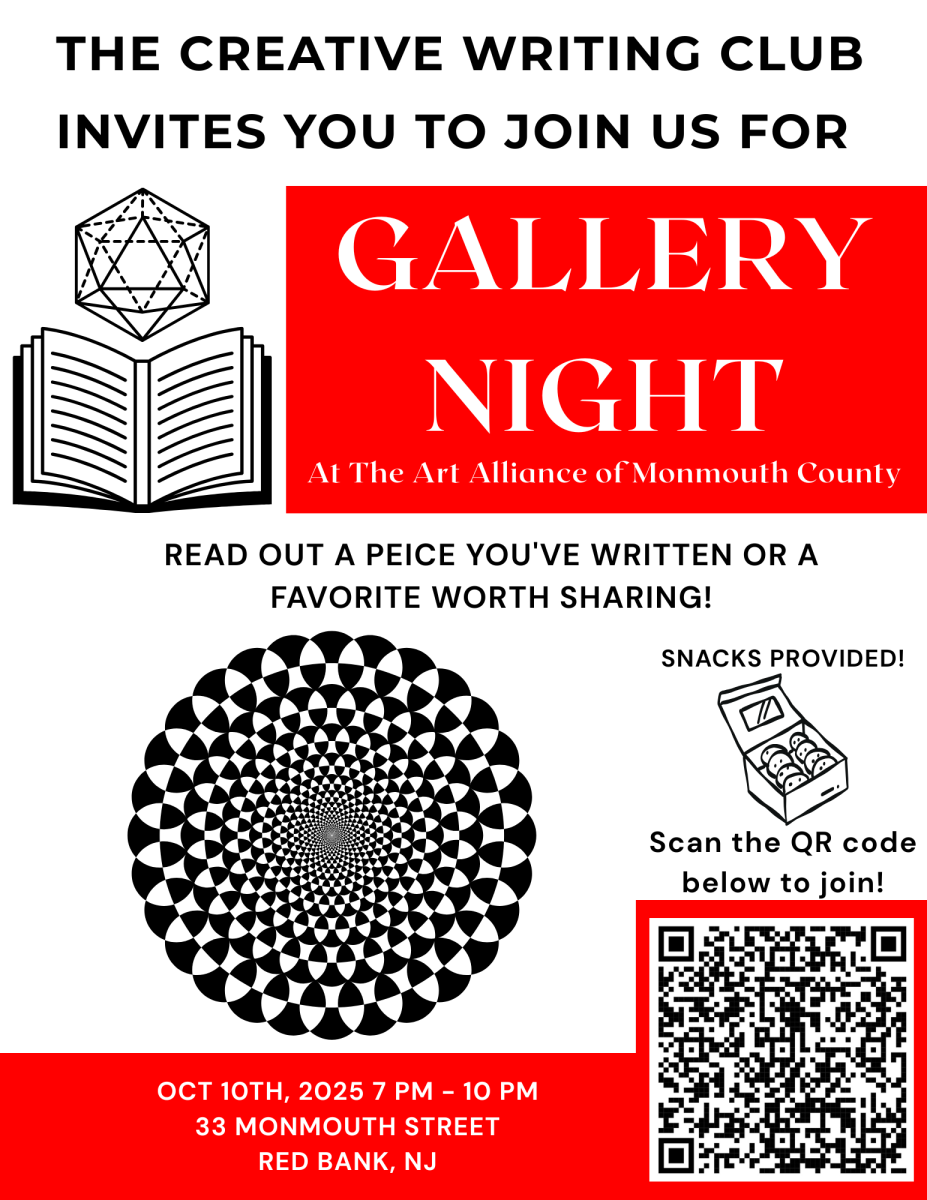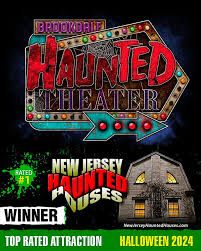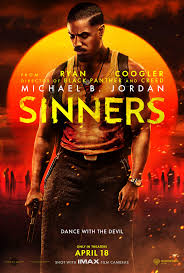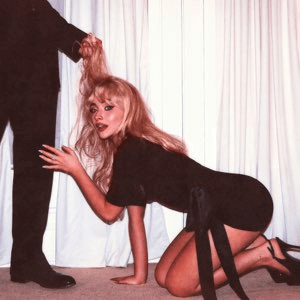“Sinners,” the newest film from writer-director Ryan Coogler, explores identity, love, music and of course, vampires. Coogler is well-known for his blockbuster hits, such as “Black Panther,” “Black Panther: Wakanda Forever,” and “Creed,” but also for his raw and humanistic storytelling as seen in “Fruitvale Station.”
Here, Coogler combines these elements to create an incredibly fun film, but one that has a very strong emotional core.
Set in the Jim Crow era of the 1930s, Smoke and Stack are a set of twins who return to their hometown in the Mississippi Delta. Together with their cousin Sammie, they host a party that goes south fast. In doing so, a dark evil is unveiled, and the group must survive the night in what unfolds as a thrilling period-piece horror.
“Sinners” comes off as a very personal film for Coogler, who is not very subtle with messaging. Coogler is acutely aware of audience expectation; he knows what people will or won’t expect. He plays with this idea in a way that makes the narrative entirely compelling.
Shot on IMAX film cameras, “Sinners” is a visual marvel. It feels like a film that should be seen on the biggest screen possible. Autumn Durald Arkapaw serves as the cinematographer here and makes quite the visual statement. The iconography of the time period is accurate and serves as a nice deviation from other Coogler works. The use of colors and color grading gives the film a distinct visual tone, especially with how Coogler depicts night and daytime.
The use of natural lighting and various closeups of the sun and moon give the film so much character. There’s a scene that has a match-cut with the moon and night sky that is instantly iconic. Speaking of, once the party commences, there is a scene which is revolutionary, a scene which may just be Coogler’s magnum opus.
Exploring the culture of music, past, present, and future, it’s shot with a one take, and it is so immersive and presents such a fantastic moment.
The sound design of “Sinners” is nothing-short of incredible. The demonic sounds alluring from the vampires, the room-tone of a desolate night in the Mississippi Delta: It all feels so natural. When music is explored more so the sound design really makes an impact, the musical moments feel so vibrant, fun and are very well performed.
This film explores blues music throughout its entire runtime and the sound design makes the music it chooses feel larger than life.
The dual-lead performance given by Michael B. Jordan is widely seen as some of his finest work yet as an actor. He has collaborated with Ryan Coogler in every project of his (including a cameo in “Black Panther: Wakanda Forever”) and their partnership is proving to work more and more each time.
Coogler and Jordan as an actor-director partnership is already a popular and successful act, mimicking early Scorsese and DeNiro. In his film debut Miles Caton soars as the cousin of Smoke and Stack. He loves music, but is loyal to his faith, his character is given a brilliant moral dilemma that brings the film to new heights.
Jack O’Connell gives a devilishly evil supporting performance that sets the film up for an incredible second and third act. Hailee Steinfeld’s performance also gives some much-needed drama to the character of Stack.
“Sinners” does something very interesting in that it contains a post-credit scene. The films that use post-credit scenes are most often major comic-book blockbusters, and Coogler has directed both Black Panther films, so this is not new territory to him.
Most of the time post-credit scenes are used to set up the next film in a series. In this case, however, it serves as an epilogue to the story. Coogler uses the post credit scene to provide the actual ending of the film, which is quite a bold and interesting move from Coogler. Maybe for some it’s a bit odd that the film doesn’t end until after the credits roll, but on the other hand it’s nice that Coogler innovated in order to give his cast and crew some shine.
“Sinners” makes a case for being the best film in theaters right now. An often-evil film that’s full of character, Coogler creates a total blast of entertainment through a period-piece horror. Coogler’s use of vampires in order to communicate a deeper message about race, culture and faith is so refreshing in the modern-day cinematic landscape. Coogler has quickly become a must-see auteur whose work speaks for itself, and he has solidified himself as one of the best working filmmakers today.


























